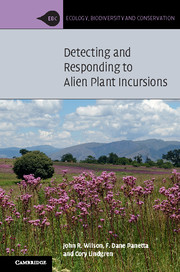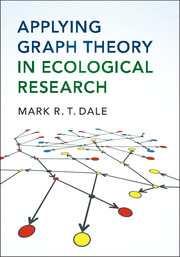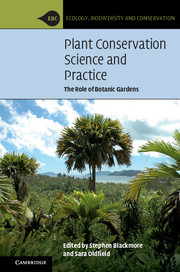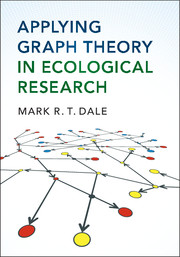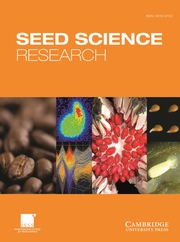Detecting and Responding to Alien Plant Incursions
Ecologists, land managers and policymakers continue to search for the most effective ways to manage biological invasions. An emerging lesson is that proactive management can limit negative impacts, reduce risks and save money. This book explores how to detect and respond to alien plant incursions, summarising the most current literature, providing practical recommendations and reviewing the conditions and processes necessary to achieve prevention, eradication and containment. Chapter topics include assessing invasiveness and the impact of alien plants, how to improve surveillance efforts, how to make timely management decisions, and how legislation and strategic planning can support management. Each chapter includes text boxes written by international experts that discuss topical issues such as spatial predictive modelling, costing invasions, biosecurity, biofuels, and dealing with conflict species.
- The only book to specifically tackle incursions, one of the major issues impacting government strategies on plant invasions and the stage at which management is most cost-effective, occupying a niche in the literature and providing a unique practical perspective
- Brings together a range of currently disparate information into one comprehensive and effective resource, helping people interested in this issue to understand the fundamental issues, current advances and future direction of the field
- Each chapter ends with practical recommendations, enabling land managers to go beyond theory and utilise the information provided to proactively respond to alien plant incursions
Reviews & endorsements
‘The very well-crafted categorization and lucid illustration of problems and how to approach them make it easy to determine a potential strategy and, if not successful, have an alternative strategy right at hand. Thus, this book is a clear guideline for people preparing strategic plans for or how to learn about controlling invasive plants. Moreover, it also provides a nice basic framework into further research into strategic planning when dealing with invasive species in general. For that reason, the volume is an excellent read for experienced scientists studying the ecology and evolution of invasiveness or the practical approaches to alien plant incursion control. However, and probably even more so, the book is a great and easy start for beginners or students working on invasive species to establish a clear framework for categorizing specific knowledge and plan future studies.' Andre Kessler, The Quarterly Review of Biology
Product details
December 2016Hardback
9781107095601
282 pages
235 × 152 × 17 mm
0.58kg
70 b/w illus. 14 tables
Available
Table of Contents
- 1. Introduction
- Box 1.1 Incursion response in New Zealand Philip E. Hulme
- 2. Prediction (pre- and post-border)
- Box 2.1 Plant traits associated with impact on native plant species richness Montserrat Vilà, Rudolf P. Rohr, José L. Espinar, Philip E. Hulme, Jan Pergl, Johannes J. Le Roux, Urs Schaffner and Petr Pyšek
- Box 2.2 Lag phases: theory, data, and practical implications Petr Pyšek
- Box 2.3 Species distribution models Jane Elith
- 3. Detection and delimitation
- Box 3.1 Risk mapping to underpin post-border weed management activities Rieks D. van Klinken and Justine V. Murray
- Box 3.2 Estimating detectability using search experiments Cindy E. Hauser and Joslin L. Moore
- 4. Evaluation of management options
- Box 4.1 Is it feasible to eradicate or contain plant incursions in the Galapagos Islands? Mark R. Gardener
- 5. Evaluation of management performance
- Box 5.1 Allocating resources Oscar Cacho
- 6. Legislation and agreements
- Box 6.1 Legislation in Antarctica Dana M. Bergstrom and Justine D. Shaw
- Box 6.2 Regulating the use of potential invaders for bioenergy Lauren D. Quinn
- Box 6.3 Managing invasive ornamental trees Curtis C. Daehler
- 7. Strategies and actions
- Box 7.1 National strategies for dealing with biological invasions, South Africa as an example Brian W. van Wilgen
- Box 7.2 Costing invasions in the UK Richard H. Shaw
- 8. Implementation
- Box 8.1 What is a Cooperative Weed Management Area? Al Tasker
- Box 8.2 The European and Mediterranean Plant Protection Organization: co-ordinating the response to invasive plants across borders Sarah Brunel
- Box 8.3 Invasive species Early Detection and Rapid Response (EDRR): a land conservation challenge for the twenty-first century Randy Westbrooks and Steven Manning
- Box 8.4 Raising awareness about invasive plants in Portugal Elizabete Marchante and Hélia Marchante
- 9. Conclusions and future directions.

